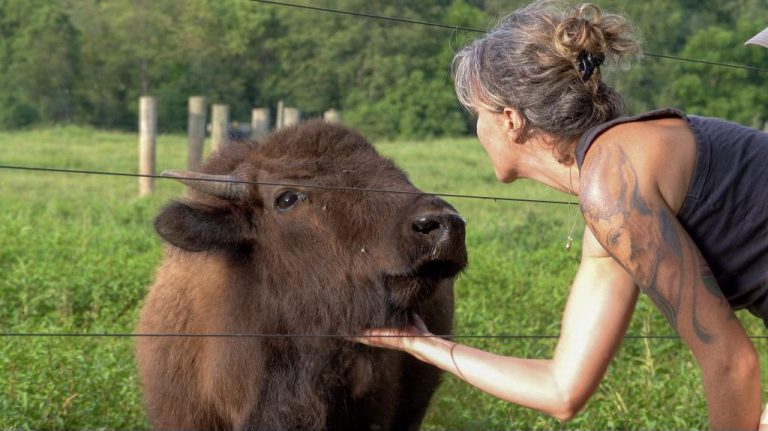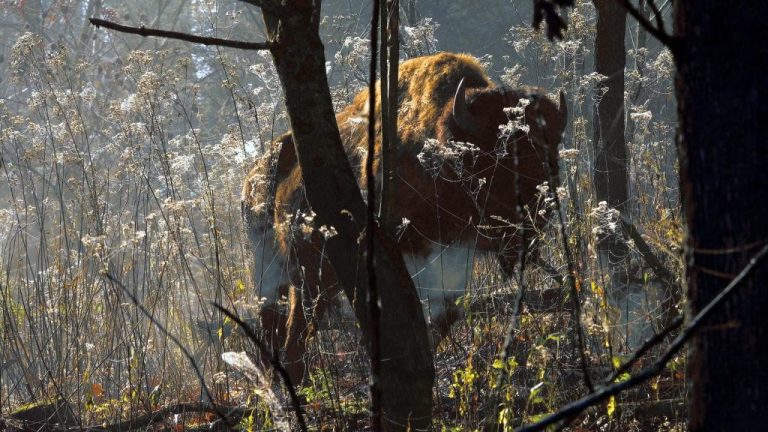Yanasa TV News
As California celebrates the return of gray wolves, ranchers face mounting losses, legal limitations, and uncertain futures in the name of conservation.
Wolves are back in California—and ranchers are paying the price. With livestock losses rising and legal protections tying their hands, rural families are questioning who really benefits from the state’s conservation victories.

The resurgence of gray wolves in California marks a significant ecological milestone. Once eradicated from the state by 1924, these apex predators have made a notable comeback, with the California Department of Fish and Wildlife (CDFW) confirming three new packs in Northern California, bringing the state’s total to ten.sfgate.com
While conservationists celebrate this revival, ranchers in rural counties express growing concern. The increasing wolf population has led to heightened tensions, as livestock predation incidents rise. In early 2025 alone, there were 16 confirmed wolf-related livestock attacks. latimes.com
California has implemented the Wolf-Livestock Compensation Program to reimburse ranchers for losses due to wolf depredation. Initially funded with $3 million in 2021, the program saw its funds exhausted by March 2024 (Cattlemen.org). A subsequent allocation of $600,000 was made, but many ranchers argue that this amount is insufficient to cover the actual losses incurred.
Beyond direct losses, ranchers face indirect impacts from wolf presence. A study by the University of California, Davis, found that a single wolf can cause between $69,000 and $162,000 in annual losses per ranch due to factors like reduced cattle pregnancy rates and decreased calf weight gains.wildlife.ca.gov
The legal protections afforded to gray wolves under the California Endangered Species Act further complicate matters. Ranchers are prohibited from harming wolves, even in defense of their livestock. While non-lethal deterrents are permitted, their effectiveness is often limited, and the financial burden of implementing such measures falls on the ranchers. siskiyoucounty.gov
Some lawmakers have proposed legislation to remove gray wolves from the endangered species list, transferring management responsibilities to state wildlife officials. This move aims to provide more flexibility in addressing the challenges posed by the growing wolf population. sierradailynews.com
In conclusion, while the return of gray wolves to California is a testament to successful conservation efforts, it is imperative to balance ecological goals with the livelihoods of ranchers. Adequate compensation, effective management strategies, and open dialogue between stakeholders are essential to ensure coexistence between wolves and the ranching community.
For more information on California’s wolf conservation efforts, visit the California Department of Fish and Wildlife’s Gray Wolf page.









